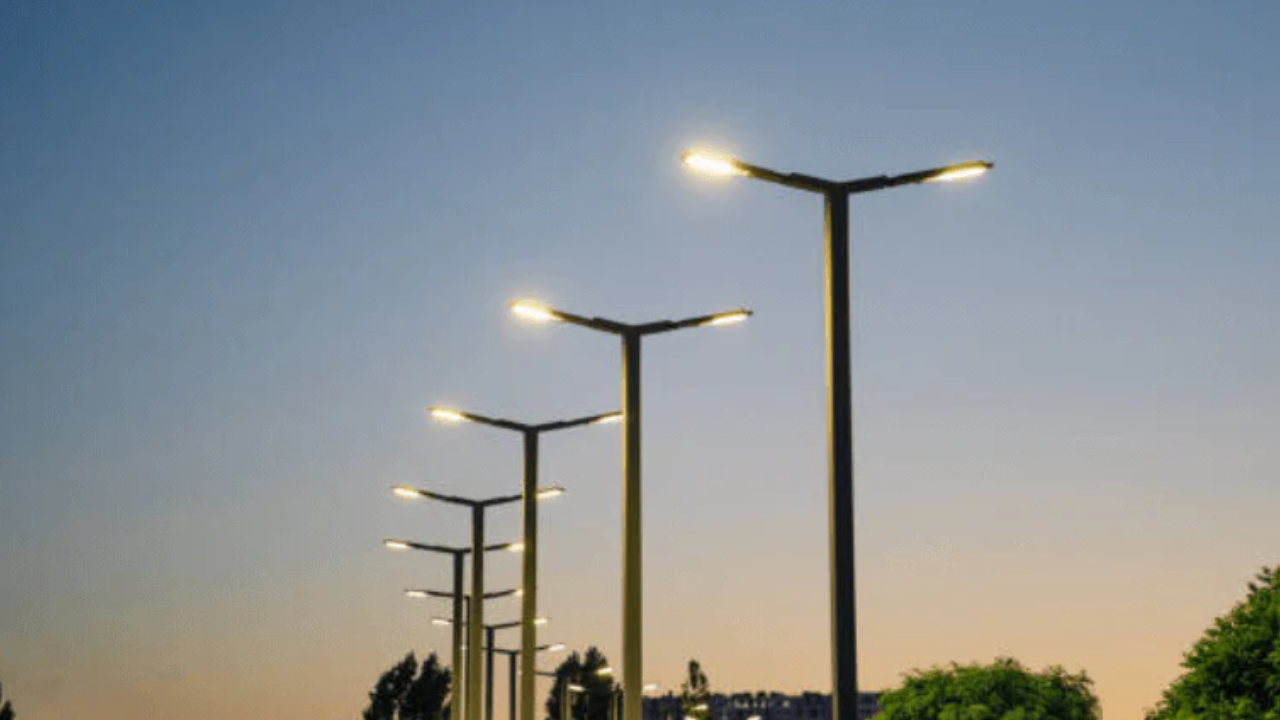LED floodlights offer considerable significance and durability in diverse applications. They offer super energy performance, eating notably much less power as compared to standard lighting sources. This not only reduces energy fees but also minimizes the carbon footprint, contributing to sustainability efforts. Moreover, LED floodlights are renowned for their sturdiness.
Moreover, LEDs have a longer lifespan in comparison to traditional bulbs. This longevity reduces the frequency of replacements, resulting in fee savings and decreased upkeep efforts. Moreover, LED Flood Lights offer advanced overall performance in terms of brightness, color rendering, and directional illumination. They offer regular and uniform light output, enhancing visibility and protection in outdoor environments. Overall, the importance and sturdiness of LED floodlights cause them to have a super preference for diverse applications.
Symptoms That Your LED Floodlights Need To Be Replaced
See the details below:
Dimming or Flickering
A significant decrease in brightness or flickering is one of the earliest indications that your LED floodlights require replacement. Because LEDs are made to keep their normal brightness throughout their lifespan, any dimming or flickering is a clear sign of a problem. This can be because of problems such as LED chip degradation, a defective motive force, or unfastened connections in the fixture. In case you notice dimming or flickering, it’s great to update the floodlight right away to avoid similar deterioration and ensure adequate illumination of your outside space.
Color Shift
Another signal that your LED floodlights might also need changing is an important shift in color temperature. Environmental factors and internal component degradation can alter the color of LED lights over time, affecting the quality of the light they produce. For example, you may notice your floodlights turning excessively blue or yellow. If the coloration shift is widespread and impacts the aesthetics of your outdoor lighting fixtures, it’s beneficial to update the floodlights to restore their primary color rendering.
Physical Damage
Physical damage to the LED floodlight fixture is a clear indicator that replacement is essential. Exposure to harsh weather conditions, unintended effects, and vandalism can cause cracks, dents, or different sorts of harm to the housing, lens, or mounting brackets. Damaged floodlights now not only compromise the aesthetics of your outside lighting fixtures but additionally pose protection dangers and can bring about water ingress or electric hazards. In case you notice any visible harm in your LED floodlights, it’s critical to update them right away to maintain functionality and ensure the safety of your own home.
Inconsistent Illumination
Inconsistent illumination throughout the LED floodlight’s beam sample is another sign that replacement may be needed. This could take place in areas of darkness, uneven brightness, or an abnormally mild distribution. Inconsistent illumination may additionally imply issues such as LED chip failure, lens degradation, or misalignment of inner additives. If left unaddressed, inconsistent illumination can compromise the effectiveness of your outdoor lighting fixtures, leaving positive regions underlit and potentially susceptible to protection dangers.
Uneven Illumination
LED floodlights are designed to offer uniform illumination throughout the focused vicinity. However, with age and usage, character LEDs within the fixture may additionally degrade at exclusive costs, leading to uneven illumination patterns. You could observe patches of darkness or areas with significantly decreased brightness compared to the relaxation of the illuminated area. Choppy illumination not only compromises visibility but also detracts from the aesthetics of your lighting fixture setup.
Excessive Heat
While LED floodlights are more energy efficient than traditional light sources, they nevertheless generate a little warmth throughout their operation. Excessive heat buildup within the fixture can indicate poor thermal management or deteriorating components. If you observe that your LED floodlights are shockingly warm to the touch or transmit exorbitant intensity, it is a sign of impending disappointment. Overheating can speed up LED degradation and reduce the lifespan of lights, requiring a quick substitution.
Conclusion
Although LED floodlights are long-lasting and durable lights, they are currently not resistant to deterioration and aging. By recognizing the signs of decay early on, you may proactively update your LED floodlights before they compromise protection, safety, or aesthetics. Normal inspection, renovation, and timely alternatives are critical for maintaining superior lighting conditions and prolonging the lifespan of your outside lights.


